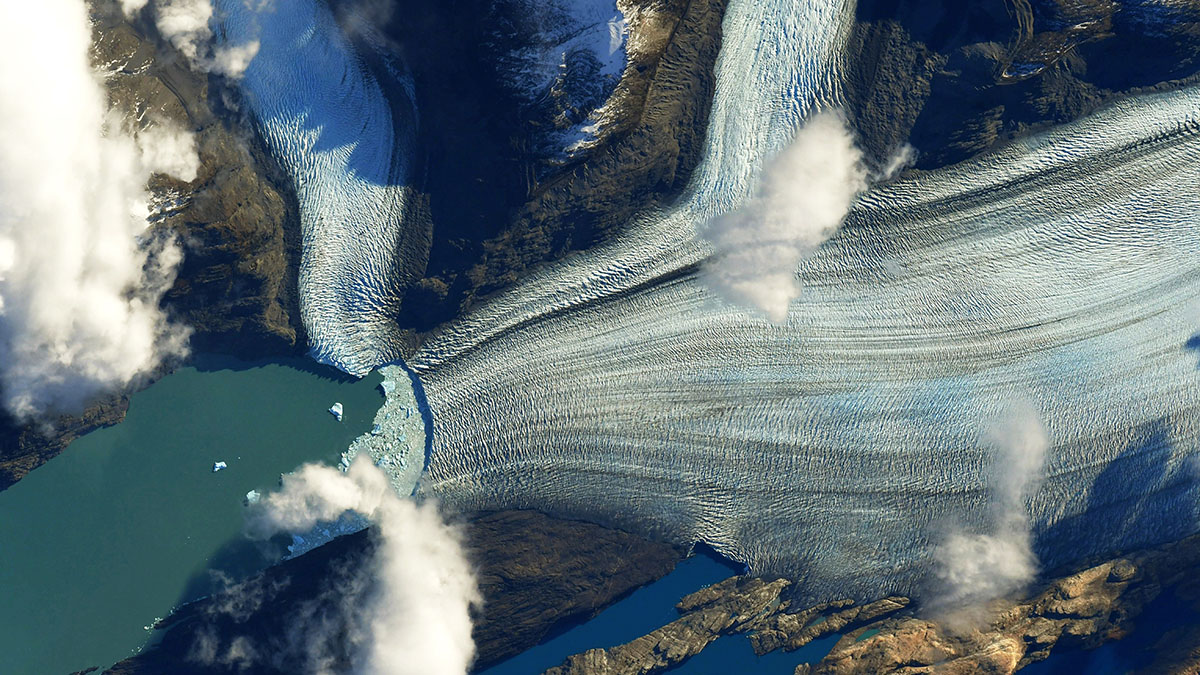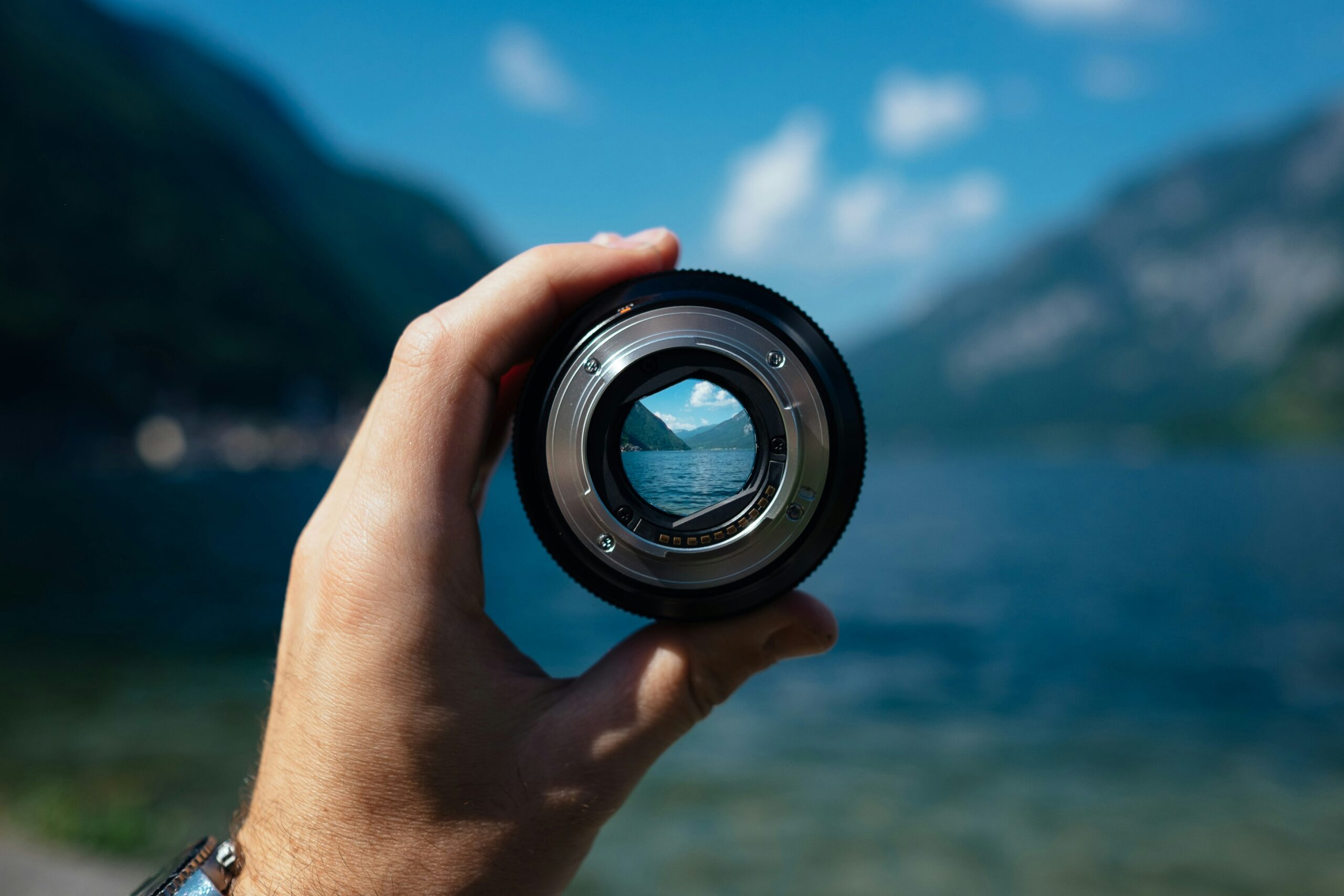HERE’S HOW TO DO IT.
Covering Protests Through a Constructive Lens
In times where the climate crisis demands urgent action, journalists have a role in covering climate protests through a constructive lens, amplifying stories of innovation and resilience. By highlighting solutions and positive impacts, they not only inform but also inspire communities to join the fight for a sustainable and equitable future.
By Mactilda Mbenywe
Climate protests are not a flash in the pan; they are a symptom of a deeper societal shift. From the global climate strikes drawing millions to the nonviolent direct actions of Extinction Rebellion, the movement spans ages, backgrounds, and borders. By covering climate protests, newsrooms can shed light on the policy demands, societal tensions, and human stories emerging from this moment. It’s a chance to explore the big questions: What does climate justice mean? How will we transition our economy? What is our collective responsibility in the face of disaster? Newsrooms need to cut through the noise and give readers a true understanding of the movement’s goals, tactics, and implications, enabling the public to engage meaningfully with the issues, assess the validity of different claims, and make informed decisions without being drawn into polarization. Reporting on protests is not about taking sides; it illuminates the democratic process in action.
Focus on the message, not just the mess
Prioritize the underlying reasons for the protest. What specific climate policies or actions are demonstrators demanding? Highlight their key slogans, banners, and speeches to convey the core message. Example: Instead of solely reporting on road blockages caused by the Extinction Rebellion, focus on their demands for net-zero emissions by 2025.
Highlight the diversity of the movement
Climate protests are not homogeneous. Emphasize the participation of diverse ethnicities, ages, abilities, and professions. Showcase signs and chants reflecting this diversity, such as “Frontline communities demand justice” or “Doctors for Extinction Rebellion (XR).” Example: Feature a photo of a multigenerational protest line, or quote an indigenous leader highlighting how their community is already impacted by climate change.
Portray local activists and scientists
While global figures like Greta Thunberg draw attention, elevate the voices of local climate leaders who may not have the same international platform. These individuals often have deep knowledge of regional climate impacts and solutions. By covering local climate protests, newsrooms can highlight specific challenges and solutions and connect readers to the global story. Example: Profile a local scientist studying sea-level rise in your coastal region, or a community organizer leading a campaign against a proposed fossil fuel project in your area.
Cover policy demands and impacts
Go beyond the spectacle of protests by analyzing the specific policy changes demonstrators are demanding. Assess the potential climate impacts of these demands and hold politicians accountable for their responses. Example: If protesters are demanding a phase-out of coal, explain the emissions reduction this could achieve and quote politicians on whether they will implement this policy.
Be persistent and revisit the scene
Climate protests are part of a broader, ongoing movement. Provide regular updates on campaigns, reflect on milestones and shifts in strategies over time, and explore the movement’s evolving relationship with the public and policymakers. Example: Return to a community that held monthly climate strikes for a year, reflecting on what changes have occurred and what remains the same.
Avoid participating in chants or holding protest signs while reporting
Instead, focus on documenting the event thoroughly, conducting in-depth interviews, and providing context in your reporting. Example: If approached for an interview, clearly identify yourself as a journalist and ask questions that elicit nuanced perspectives, such as “What do you hope this protest achieves?” or “How has the climate crisis already impacted your life?”
Menu



